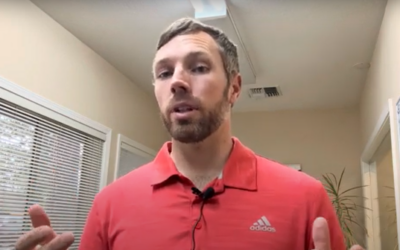What should you do to return to activity/work/sport after injury?
Living in Tahoe, a lot of people want to be outdoors and do various activities. When injury occurs and you have to slow down or stop for a while, what do you do next? There is a lot more to it than just starting over right where you left off.
The first step is to do gradual exposure to the activity. You want to get back into things slowly. For example, I am out for a bike ride now and if I wanted to get back into biking, I would not go for a long, hard, and difficult ride right when I feel comfortable on a bike again. I would go on some flatter and/or shorter rides to start with and then gradually increase the distance and difficulty. A good rule of thumb for increasing your activity level, do not increase more than one aspect more than 10-25% at a time. The various aspects that I am talking about would be things like distance, time, repetitive days, elevation gain, speed, duration, etc. If you push too hard too fast, you are likely to reinjure yourself.
The second step is knowing the difference between hurting and harming the injury. The longer you have an injury, the more likely you are to come across this concern. If you were to go for a walk and you feel some of that pain or soreness, is it actually an injury of the tissue or has walking hurt for so long you just assume that it hurts to walk all the time? This is when you need to push that injury and that line a little to get you to slowly be more active and help you get back to the activity you are trying to return to.
The third step is the false concept of “no pain, no gain”. The idea that it has to hurt in order to get better or get stronger is wrong when it comes to injury recovery. Your body will need to adapt to this new or returning activity after injury and this takes time. Again, going back to gradual exposure and easing back into things is really important.
If you jump into things too quickly, you risk the chance of reinjuring the area because it has not had the chance to adapt and change. You need to recognize where that line is of how far you can push it without going too far. This line is different for every individual and every injury. Just stay active throughout the process. It does not have to be the big bike ride, ski day, run, etc. Honestly, two of the best recovery activities you can do are go for a walk for about 15-20 minutes to get the blood flowing a little without significant pain and good sleep will help you recover.
Tahoe’s Premiere Sports Chiropractor
Follow us on
Facebook https://www.facebook.com/summittoshore/
Instagram https://www.instagram.com/summittoshore/





